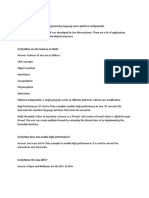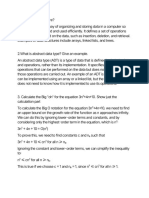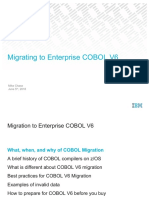0% found this document useful (0 votes)
28 views12 pagesBasic Concepts of OOP
The document provides an overview of Object-Oriented Programming (OOP) concepts, including its definition, the four pillars (encapsulation, inheritance, polymorphism, and abstraction), and key differences between classes and objects. It explains inheritance types, the significance of polymorphism, and the roles of composition and aggregation in OOP design. Additionally, it discusses interfaces, their differences from abstract classes, and the benefits of using multiple interfaces in Java.
Uploaded by
akbarali786sarwar123Copyright
© © All Rights Reserved
We take content rights seriously. If you suspect this is your content, claim it here.
Available Formats
Download as PDF, TXT or read online on Scribd
0% found this document useful (0 votes)
28 views12 pagesBasic Concepts of OOP
The document provides an overview of Object-Oriented Programming (OOP) concepts, including its definition, the four pillars (encapsulation, inheritance, polymorphism, and abstraction), and key differences between classes and objects. It explains inheritance types, the significance of polymorphism, and the roles of composition and aggregation in OOP design. Additionally, it discusses interfaces, their differences from abstract classes, and the benefits of using multiple interfaces in Java.
Uploaded by
akbarali786sarwar123Copyright
© © All Rights Reserved
We take content rights seriously. If you suspect this is your content, claim it here.
Available Formats
Download as PDF, TXT or read online on Scribd
/ 12






















































































